There’s so much more to your software product than just the code. In order for users to get the most out of your software, you need to provide them with useful documentation, whether that’s for other developers or end users of your product.
In order to provide the best user experience for your software, you need to invest in the right documentation tools to host your documentation. It’s no good just creating a Google Drive folder and expecting that to do the job, as your software is likely to be too complex for such a solution.
Users need straightforward instructions to understand how the software works and what they can use it for. This is where your software documentation comes in.
Before we dive into the topic, here is the summary of your question
“What are the best software documentation tools in 2025?”
In 2025, the best solution will offer AI features, an intuitive documentation experience, and collaboration. Here are the top 20 tool list:
What are the best software documentation tools in 2025?
Read the article to learn more about the solutions. Let’s Jump In!
What Is Software Documentation?
Software documentation is any written document that explains how a piece of software works, why it was built, and how it is intended to be used. Depending on the complexity of your software, your documentation can contain information on the general use of the product and in-depth dives into functions and features.
Software documentation, according to Daniele Procida, can be divided into four categories:
-
- Learning-oriented tutorials
- Goal-oriented how-to guides
- Understanding-oriented discussions
- Information-oriented reference material
You need all these types of documentation to provide comprehensive instructions for your software product.
20 Best Software Documentation Tools
We’ve compiled a list of the best software documentation tools out there that you can take advantage of to document your software product.
1. Document360

We’ll start with our own Document360. Document360 is our very own AI-powered knowledge base solution, which is perfect for creating user manuals. It offers an advanced portal for content producers with a state-of-the-art editor, category manager, and more. You can create up to six levels of categories and subcategories for your content, which can easily be rearranged using the drag-and-drop UI.
The Markdown editor lets you focus on writing text-heavy documents, but there is also a WYSIWYG editor for those who prefer that functionality. Both editors allow you to add links, images, videos, callouts, code blocks, and more. The Eddy- AI Assistant will help you go beyond basic content creation. It generates complete articles from prompts or video, or a transcript. It auto-generates SEO metadata, FAQs, and applies tone/style rules using a predefined style guide. Helping position your content higher in search results and keeping your tone consistent throughout.
Document360 comes with advanced analytics that allow you to learn where your knowledge base traffic is coming from, what your visitors are looking for, and how they’re interacting with your content. Document360 also integrates with a large number of popular apps, including ticketing systems like Zendesk and Freshdesk, live chat software like Intercom and Drift, and analytics tools such as Google Analytics and Segment.
Unlock the full potential of Document360 with a free 14-day trial and learn how Document360’s AI is built to scale your knowledge base.👉 Explore the AI features now and see how it can streamline your documentation process.
Check Out How AI Transforms Prompts into Articles:
2. Nuclino

Pros
- A straightforward organization that helps users find the content they’re looking for.
- Documents can be edited simultaneously, reducing the risk of version conflicts.
3. HubSpot

As a software developer, product manager, or founder, you’re constantly juggling multiple projects, onboarding new team members, and documenting complex processes. Trying to keep everything organized and ensure everyone is on the same page can be a real headache. That’s where the HubSpot’s Guide Creator comes in – a free Chrome extension that makes creating step-by-step guides a breeze.
With Guide Creator, you can create detailed guides that walk new team members through key processes and tools, ensuring they get up to speed quickly. Creating centralized guides for your team can help them access the necessary information, reducing back-and-forth and improving overall collaboration.
Furthermore, by breaking down complex processes into clear, visual steps, Guide Creator helps minimize mistakes and ensures everyone follows the right procedures. Instead of constantly explaining the same things over and over, you can simply share a guide and let your team (or customers) follow along at their own pace.
Pros
- Guide Creator is a completely free tool, making it accessible to teams of all sizes.
- With its simple Chrome extension and intuitive interface, Guide Creator is easy to use, even for non-technical users.
- Guide Creator can be used for a wide range of use cases, from onboarding to customer support to process documentation.
4. GitHub

Pros
- It can be appealing to use GitHub if you already use the software development platform.
- It’s a free platform for hosting your repositories if you choose the basic plan.
5. MarkdownPad

Pros
- Free on the basic plan.
- Allows your team to write stunning documentation in Markdown.
Documenting, storing, and sharing technical manuals made easy.
6. ProProfs

ProProfs also integrates with Google Analytics, Zendesk, Freshdesk, and Desk, so you can link your existing support software stack with your knowledge base.
Pros
- Easy writing and publishing process means it’s a breeze to get started.
- Allows you to set different roles for content publishing – writer, editor and administrator.
7. Read the Docs

Pros
- The ability to write your docs alongside your software using the same tools.
- Documentation can be public or private.
8. Doxygen

Pros
- Use Doxygen to write developer documentation, extracting content directly from the source code.
- Simple to set up and easy to use.
- Works on all operating systems – macOS, Windows, and Linux.
9. ClickHelp

Pros
- Feature-rich help authoring tool for a very reasonable price tag.
- Allows you to single-source your documentation, saving time and money.
10. iA Writer

Pros
- Makes writing a breeze due to the distraction-free interface.
- Works on MacOS, Windows, and iOS.
11. SimpleMDE

Pros
- Simple editor for creating Markdown files.
12. Tettra
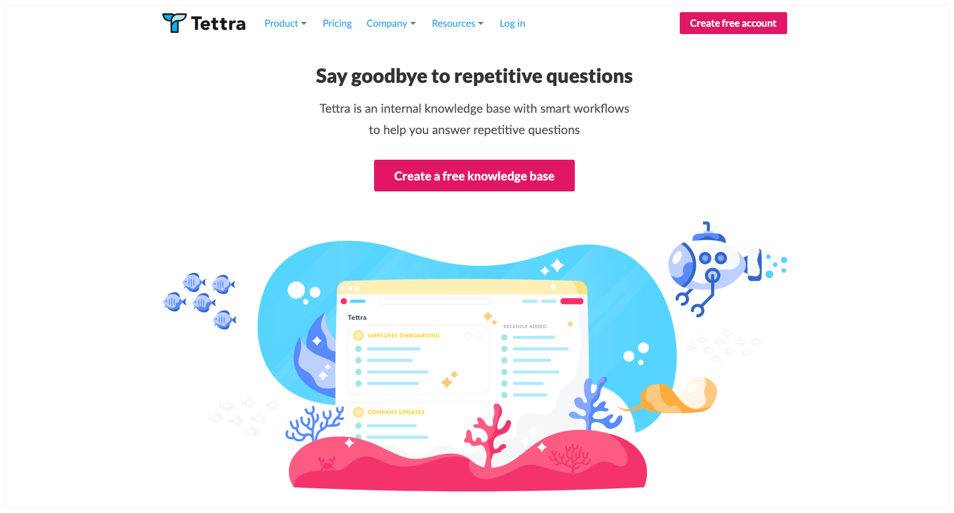
Pros
- Tettra is a simple platform that streamlines all your documents in one place.
- It makes it easy to keep documents up-to-date.
13. Whatfix

Pros
- In-depth platform highly tailored towards user learning.
- Flexible according to your organization’s needs.
14. Dropbox Paper

Pros
- Beautiful user interface and sleek design making this software a joy to use.
- Good integration between the web-based version of Paper and the mobile app.
15. Bit.ai
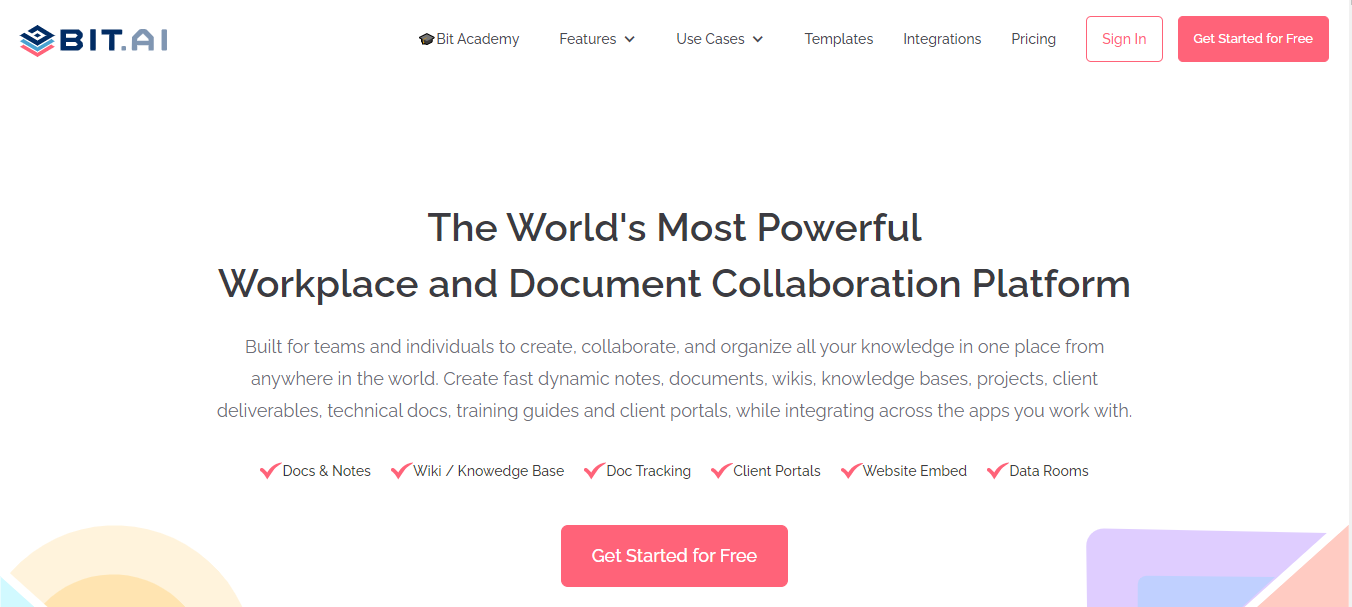
Pros
- Bit.ai is extremely easy to get up and running with an intuitive interface.
- Comes with pre-made templates that provide a launchpad for new projects.
16. Apiary
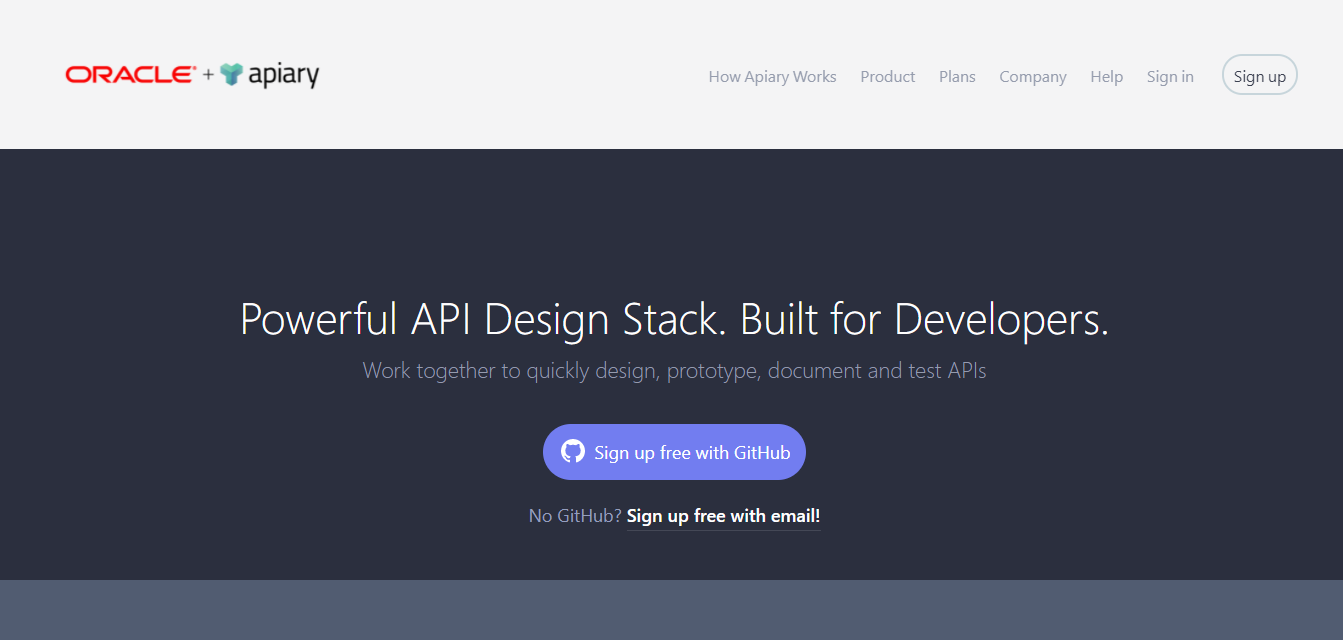
Pros
- Easy for users to get started documenting APIs even if they are complete beginners.
- Supported by thorough documentation.
17. Typora
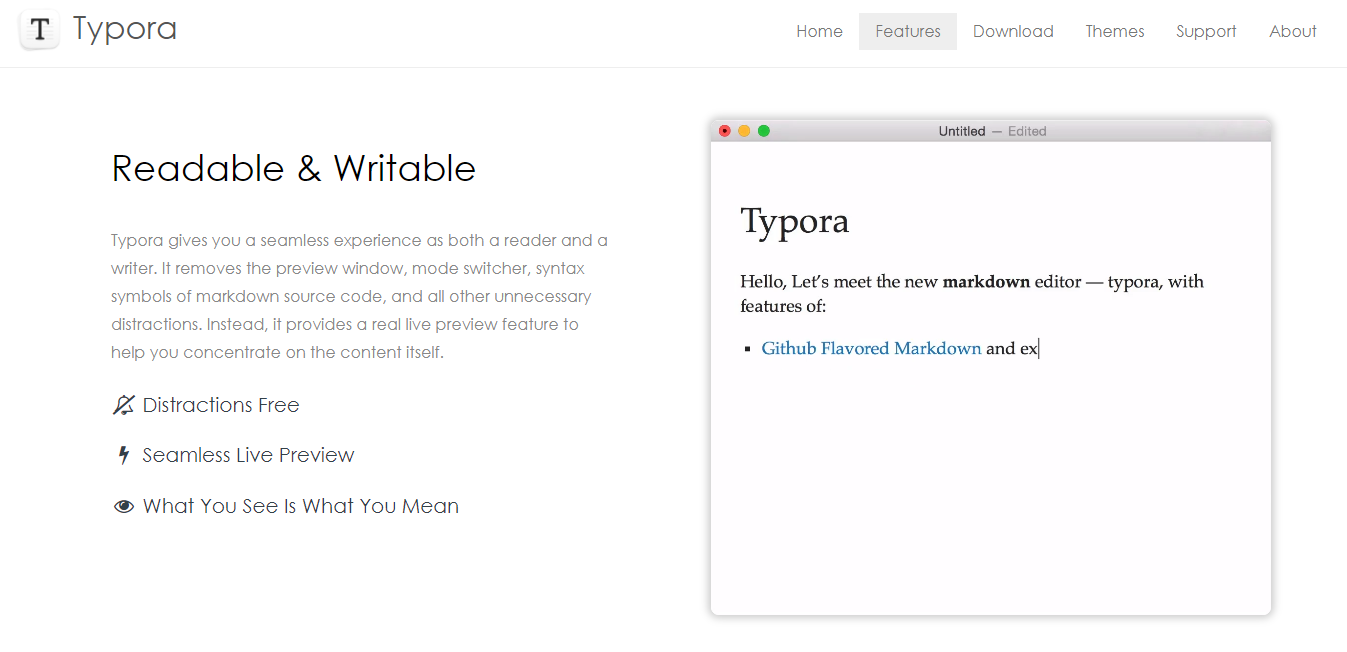
Pros
- Provides support for inserting diagrams and mathematics
18. KnowAll

Pros
- KnowAll comes with a wealth of analytics options to help you gauge your content’s performance.
- Takes advantage of the popularity of WordPress as a Content Management System.
19. HelpDocs

Pros
- Easy to get set up with virtually no training involved.
- Strong support team who get back to you quickly and solve any problem.
20. Confluence
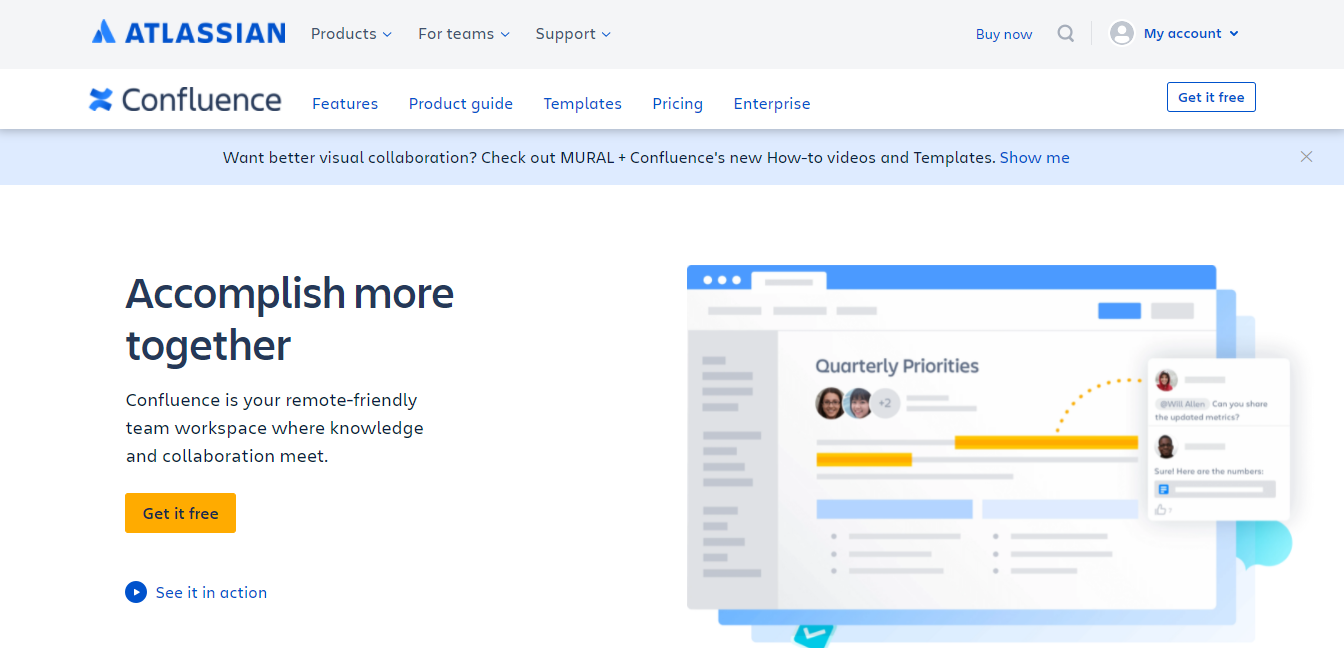
Pros
- Integrations with Atlassian’s other products.
- Has a web and mobile version to access Confluence on the move.






 –
– 

